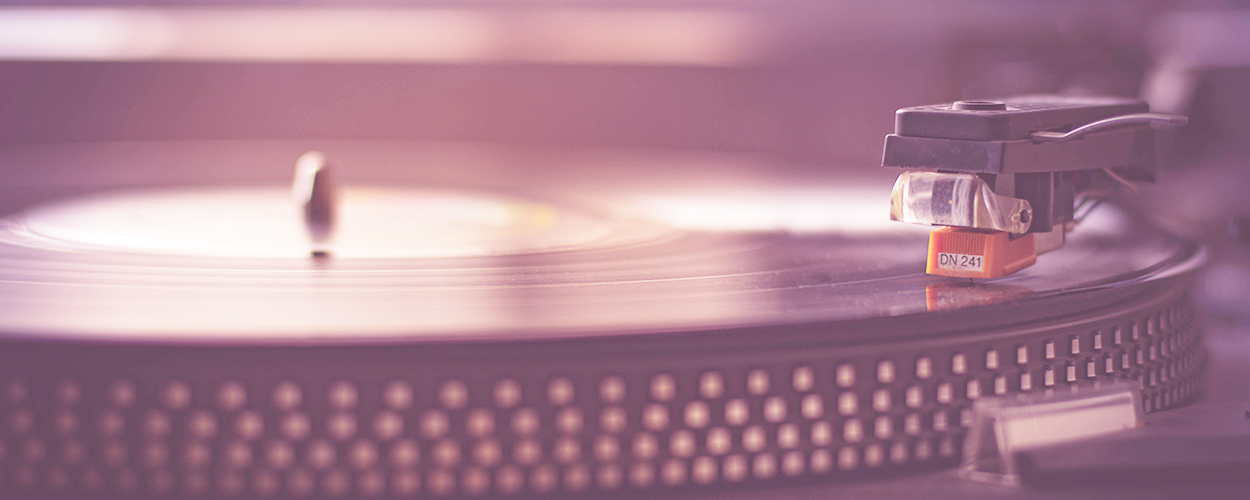This website uses cookies so that we can provide you with the best user experience possible. Cookie information is stored in your browser and performs functions such as recognising you when you return to our website and helping our team to understand which sections of the website you find most interesting and useful.
Business News Digital
Direct-to-fan music sales up 28%, reckons Kantar
By Chris Cooke | Published on Wednesday 26 June 2019

Stats firm Kantar has shared some new music sales data to coincide with the start of the festival season. Because Glastonbury is upon us once again, which – according to the mainstream media – means another festival season is now officially underway.
Of course, the music festival season now runs for twelve months a year. But, just to be clear, the last twelve month festival season finished yesterday and the next one starts today. Actually, come to think of it, there wasn’t a Glastonbury last year. So, I guess that must mean the last festival season was a 24 month one. No wonder it was starting to smell! Thank fuck Glasto is back so we can start everything anew.
Anyway, Kantar is among the companies exploiting this sudden interest in music festivals among the mainstream news providers. Among many other things, Kantar monitors the performance of entertainment retail and publishes regular data about music sales on the high street and via mail-order websites like Amazon.
With festivals the big talking point, this week it has released some interesting new data about the rise of direct-to-fan music sales. Which, of course, has nothing to do with Glastonbury or music festivals or live music at all. Except – I suppose – that an artist’s direct-to-fan relationship usually starts at the gig, and initial D2F sales will often take place at the good old fashioned merch stall at the back of the gig venue.
“This week Glastonbury will not only give music fans the opportunity to dig out their bumbags, glitter and welly boots but also allow them a rare chance to get up close to their favourite artists”, says Kantar, in something of a desperate bid to make these new direct-to-fan stats seem timely. “They’ll undoubtedly feel connected to these world-famous acts as they sing along in front of them – but how many will go on to purchase their idols’ work once the summer festival season comes to an end?”
“Building a close relationship between artist and fan away from the stage might be key”, the research outfit goes on. “Purchases of music directly from the artist’s website, rather than on the high street or another online store, are up by nearly 30% in the past year”.
However weak the link to Glasto, Kantar’s data is interesting. The direct-to-fan relationship remains a massive opportunity for the music industry. Some artists are already capitalising on it all, of course – sometimes in partnership with their label, more often led by management. Though for the industry at large it feels like there is lots of D2F revenue still to be tapped.
Direct-to-fan is much harder to monitor than traditional music sales, but Kantar has had a good go. It confirms that so called superfans are behind the increase in sales via artist websites, reckoning that 35-55 year old superfans buying CDs and vinyl account for 56% of D2F purchases. “This growth is even more remarkable when you consider the declining sales of physical music across the board”, it adds of the top-line stat, “highlighting the commercial opportunities available for artists who invest in these relationships”.
Kantar analyst Giulia Barresi goes on: “Direct-to-consumer music sales are a high point in an increasingly challenging entertainment market and despite being relatively small within the sector, they shouldn’t be discounted”.
“Buying straight from the source allows people to feel a closer connection to their favourite artists”, Barresi says. “[Which is] something that can be lost when using a streaming service, where the entire world’s back catalogue is at your fingertips. They can also benefit from a feel-good factor too, in knowing they are directly contributing to an artist’s success”.
Barresi also confirms that, despite the recent increases, there remain opportunities to really grow this segment of the music industry. “There’s a big opportunity for musicians”, she concludes. “Direct-to-consumer sales have already grown 28% year on year, but still only account for 5% of sales”. Capitalising on that opportunity requires artists and their business partners to more proactively pursue the various opportunities of D2F.





